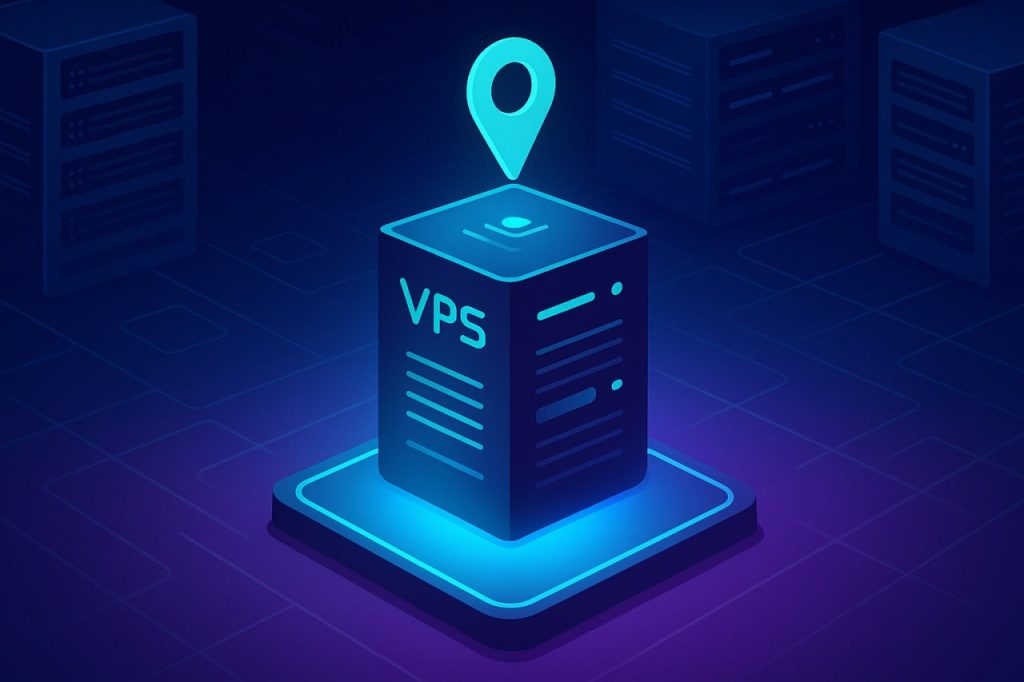
In today’s online environment, any project — from a personal blog to a high-traffic online store or SaaS platform — requires stable and fast infrastructure. Shared hosting can become a bottleneck during peak loads, so switching to a VPS server becomes the logical next step. But how do you find a truly powerful solution among hundreds of providers? This article explains what to look for when choosing a VPS that meets your performance needs.
Key Criteria for Choosing a VPS
1. Processor (CPU)
- Core types: Choose modern CPUs like Ryzen or Xeon with strong single- and multi-core performance.
- Clock speed and cache: Important for processing complex queries. L3 cache directly affects speed.
- Turbo Boost: Allows short-term overclocking for faster performance.
- BogoMIPS & IPC: Reflect real instruction handling efficiency.
2. RAM (Memory)
- Memory type: DDR4 or DDR5 — the latter is great for high-performance caching.
- Size: Minimum 4 GB for WordPress; 8 GB+ for heavier apps.
- ECC Memory: Recommended for databases and critical infrastructure.
3. Storage (SSD / NVMe)
- NVMe drives are best — up to 4–7 GB/s read/write speed.
- Best practice: OS on NVMe, backups on separate SSD.
- IOPS & QD: Critical for database-heavy workloads.
4. Network Bandwidth & Traffic
- Speed: Look for 500 Mbps to 1 Gbps for streaming and high-traffic apps.
- Latency (ping): Important for gaming or globally accessible services.
- Traffic limits: Ideally unlimited or very high quota.
5. Virtualization Type
- KVM/Xen – best for full resource isolation.
- OpenVZ – budget-friendly but less secure.
- LXC / LXD – good for DevOps and container environments.
Extra Technologies
Security
- Built-in DDoS protection.
- Firewall and Fail2Ban configuration.
- Optional auto-scanning for vulnerabilities.
Backups & Recovery
- Snapshots for instant rollback.
- RAID-1/RAID-10 ensures data protection.
Monitoring & Autoscaling
- Use Zabbix, Prometheus, Grafana for metrics.
- Autoscaling enables dynamic CPU/RAM upgrades.
Server Management & Support
Control Panel
- cPanel/Plesk – for simple site management.
- ISPmanager, VestaCP – affordable options.
- SSH access – full root control for advanced users.
Technical Support
- 24/7 support in English or your local language.
- Managed VPS options if you don’t have an admin.
VPS vs Shared Hosting
| Parameter | Shared Hosting | VPS Turbo |
| Performance | Low/Medium | High |
| Security | Shared | Isolated |
| Access | Limited | Full root access |
| Scaling | Not available | Flexible |
| Price | Cheaper | Higher, but justified |
VPS Recommendations by Use Case
| Use Case | CPU | RAM | Storage | Bandwidth |
| Blog/Portfolio | 2 cores | 2–4 GB | SSD 30 GB | 100 Mbps |
| Online Store/ERP | 4 cores | 8–16 GB | NVMe 100 GB | 250 Mbps |
| SaaS/API/CRM | 6+ cores | 16–32 GB | NVMe + backup | 500+ Mbps |
| Game Server | 8 cores | 16 GB | NVMe 150 GB | 1 Gbps |
Why Choose VPS Turbo from RX-NAME?
The company RX-NAME offers VPS servers built for demanding workloads:
- Modern CPUs with up to 8 cores
- NVMe disks with speeds up to 5 GB/s
- High-bandwidth connections + DDoS protection
- Auto backups and fast scalability
- 24/7 technical support in your language
Choose your VPS Turbo plan here: rx-name.
Bonus: Pay with Cryptocurrency
RX-NAME also accepts cryptocurrency payments — great for tech startups and global clients.
Summary — What to Check When Choosing a VPS
- CPU: core count, clock speed, and cache.
- RAM: minimum 4 GB, ideally 8–16 GB.
- NVMe drives: performance advantage.
- Bandwidth and protection: ensure stability.
- Control panels, backups, support.
- One-click scaling — possible with RX-NAME VPS Turbo.
So, VPS Turbo from RX-NAME is a professional solution for businesses that need performance, stability.

Leave a Reply